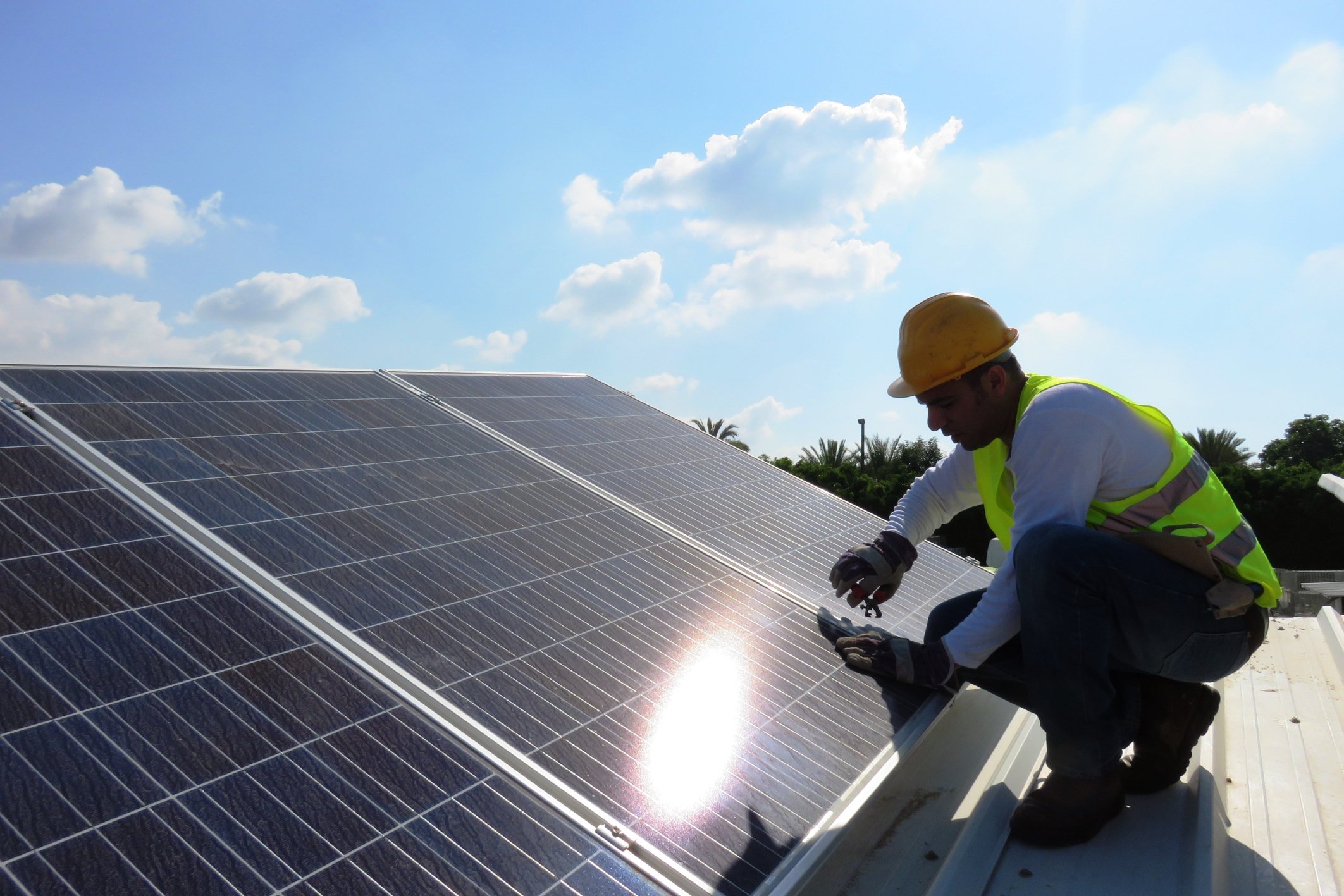If SunPower (SPWR +0.00%) is going to return to profitability anytime soon, it's going to need to make a lot of improvements from where operations are today. It needs to increase scale, grow margins, and expand product offerings beyond just solar panels into a larger suite of energy services.
First-quarter 2019 results didn't show much progress on any of those strategies given the company's loss more than doubled to $57.4 million. But as the year wears on, there are some bright spots for SunPower.

Image source: SunPower.
Scale is coming
In the solar business today, the name of the game is scale. The biggest manufacturers in the industry are building 10 gigawatts (GW) of solar panels per year (or more), and they're able to squeeze costs out of manufacturing and spread overhead over a large production base. SunPower has had a hard time competing, in part because it produced just 1.18 GW of solar cells and deployed 1.50 GW of solar panels in 2018.
This year, it should grow production sharply. The DZS joint venture, which makes P-Series solar panels in China, already has 2 GW of annualized capacity; Oregon is at 220 MW of capacity; and cell production for NGT solar manufacturing technology is expected to reach 250 megawatts (MW) by the end of the year. SunPower isn't going to be the biggest manufacturer in the world, but it's going to start closing the gap with competitors.
New products rolling out in 2019
In residential and commercial solar, SunPower remains competitive in the market with its high-efficiency solar panels. The 415 watt A-Series panel was launched earlier this year and is built with the NGT technology I mentioned above. As NGT product grows, it should help push margins higher because it leverages a larger cell size and fewer manufacturing steps, which should help lower costs.
Storage is another expansion that should marginally help SunPower's profitability. Helix storage is getting 50% attach rates to commercial projects in California and 75% in Massachusetts. Equinox storage, which is for residential markets, will launch in the second half of this year. If it's competitive and easy to use, it could mean each SunPower installation generates a little more revenue and margin without increasing solar cell capacity at all.
Maybe the most important advance SunPower is going to make is a digital platform for automatically designing and quoting residential solar installations. Management said it will allow for a full rooftop design in less than 60 seconds, allowing SunPower to provide more leads with solar pricing. Maybe a postcard or email with a predesigned solar system could be brought to market in the future?
The balance sheet is improving
One of the long-term projects SunPower's management has been working on is cleaning up a large and complex balance sheet. At the end of the first quarter, cash stood at $199.8 million and total debt was $932.3 million. If we add in $87 million in proceeds from a commercial solar portfolio, net debt would be just $645.5 million. The improvement from just a few years ago is impressive.
SPWR Cash and Equivalents (Quarterly) data by YCharts.
A better balance sheet allows SunPower to invest in scale and necessary technology improvements. If the company returns to profitability, as hoped, in late 2019, it could even begin to whittle away at debt with cash from operations rather than selling off assets.
Is SunPower set up for success?
For a few years now, SunPower has been trying to sell investors on the idea that it could scale manufacturing in China, produce high-margin next-generation solar cells for residential and commercial markets, and roll out energy storage and other services that would increase profitability. By the end of 2019, there should be a lot of progress on all those fronts, and if there isn't, the company's losses may be too much to ever turn around.







